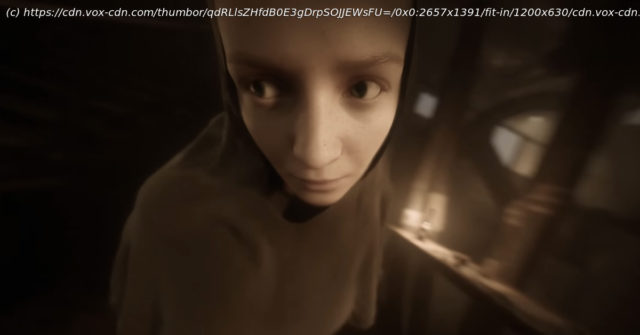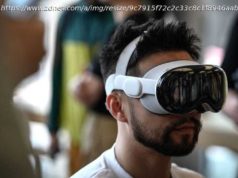As more movies and TV shows turn to video games for inspiration, video games are rethinking what it means to be cinematic. The new nun adventure Indika is part of a larger trend.
For two decades, the words “cinematic” and “blockbuster” have been, for most game directors, synonymous. During this window, which stretches back to the original God of War and Halo, we’ve enjoyed (or, for others, endured) big-budget video game creators aspiring to emulate their blockbuster film counterparts.
If — somehow — you’ve never seen the films of Steven Spielberg or Michael Mann, you’ve nonetheless experienced them via contact highs from Uncharted, Grand Theft Auto, and practically every other Big Game released this millennium.
But Indika, a game that sounds like a weed strain and plays like being stoned and scrolling through the Criterion Channel, has me hopeful that we’re approaching, with narrative video games, a turning point for what it means for a game to be “cinematic.”
What fuels that hope is Indika’s creative similarities to a micro-budget indie horror film from the ’90s.The Blair Witch effect
Is it possible for one game to change the look of an entire medium? And why would it be Indika, a game most readers haven’t played, or even heard of?
25 years ago, The Blair Witch Project inspired countless parodies with a single shot. You know the one. You can see it in the trailer, the poster, or at the top of this story. The lead actress-slash-camera operator holds a cheap camcorder inches from her face. Tears well in her eyes, and a flashlight casts hard shadows across her dry skin.
She’s terrified. She’s a mess. She’s barely in focus or even in frame.
At that time, few commercial directors would film a shot so crudely, nor would a celebrity offer the audience such an intimate look inside their nostrils. Filmgoers expected movies to conform to a certain look, sound, and feel. But The Blair Witch Project didn’t resemble anything in theaters; it looked like a cheap documentary you’d find on the local PBS station. It looked real.
With that emphasis on “realism” above all else, the amateur camerawork accomplished its goal — scare the shit out of people — better than any expensive shot on an industry-grade camera could.
The filmmakers had taken the empathic visual language of the documentary form and weaponized it. Look again at the shot. You don’t see an actress staring into the camcorder; you see a person. And so, as happens when you look someone in the eyes, a connection forms. This person, you think, could be you. Alone. In the woods. Something unknown stalking through the branches.
The camerawork of The Blair Witch Project wasn’t cinematic, not in the classical sense. But in time, what audiences expected film and TV to look like would change to meet that image. Do we have the sprawling found-footage horror genre without it? Or the mega-popular docu-sitcoms like The Office and Modern Family?
The creators of The Blair Witch Project, because of their limitations (no money! No sets! No actors!) looked for inspiration where others didn’t have to, and wouldn’t choose to. The film’s success then gave future creators big and small permission to follow its lead, forever changing what a Hollywood movie could look and feel like. Indika and the film school games
Indika, the fantastic new adventure game from Odd Meter, tells the story of a young nun who loses her grip on reality in an alternate-history version of 19th-century Russia. Tortured by a voice in her head that may or may not be a demon, Indika partners with a sickly man who may or may not be divinely chosen by God. Together, they embark on a perilous road trip through beautiful forests, abandoned towns, and literalizations of biblical allegory.






